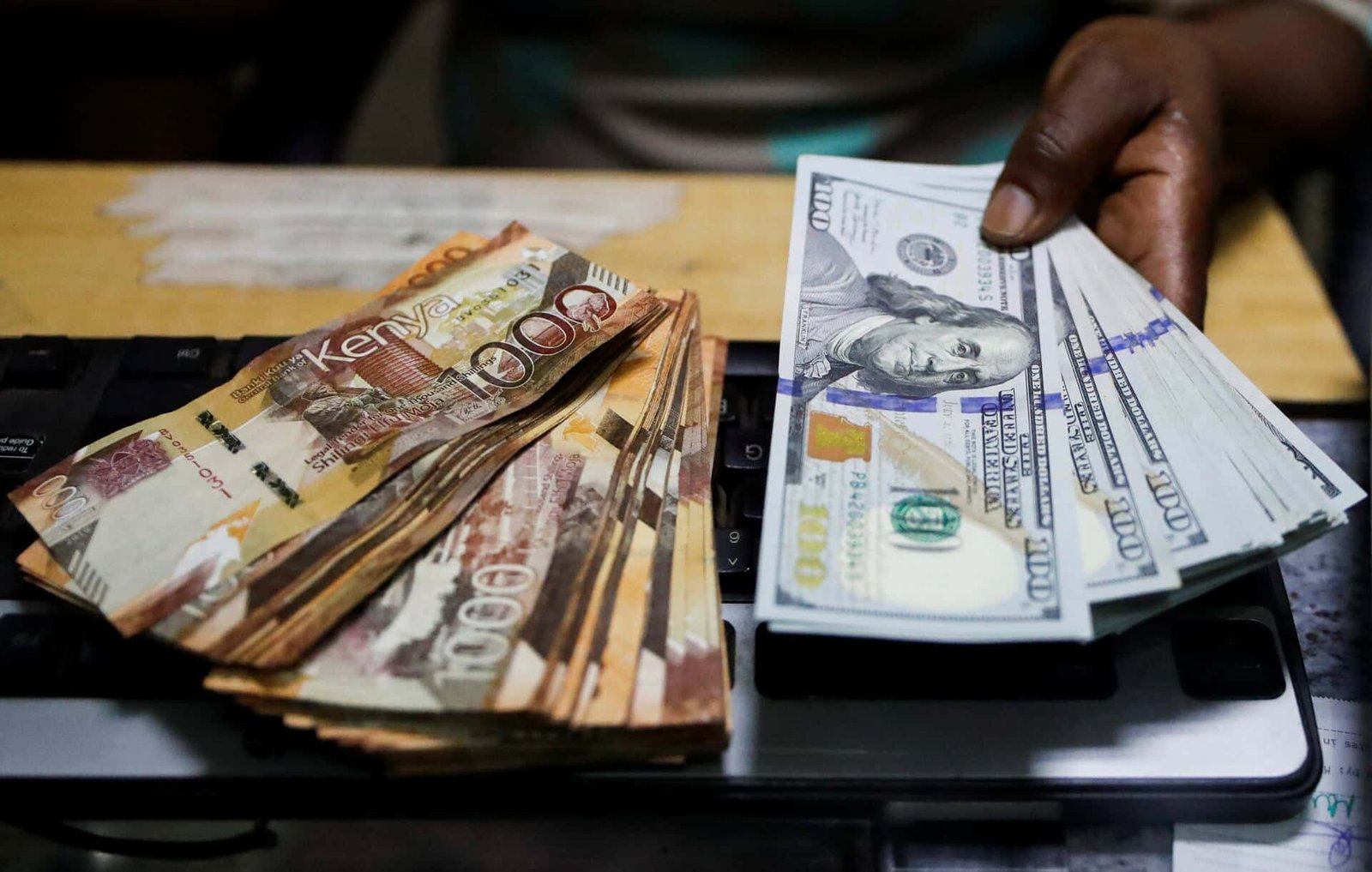Steady Diaspora Remittances Fortify Kenya’s Economic Defenses Amid Global Uncertainty
NAIROBI, Kenya – In an era of fluctuating global markets and geopolitical shifts, a consistent financial lifeline from Kenyans living abroad is providing a critical buffer for the national economy, reinforcing the nation’s economic resilience. Recent data from the Central Bank of Kenya (CBK) reveals a steady upward trend in remittance inflows, underscoring their role as a cornerstone of Kenya’s financial stability and a key source of foreign exchange.
The figures for September 2025 show that the diaspora sent home $419.6 million (KSh 54.3 billion), a slight 0.2 per cent increase from the previous month. While the month-on-month growth is modest, the cumulative effect over the year paints a picture of unwavering support. The total for the first nine months of 2025 stands at a substantial $3.774 billion (KSh 488.5 billion), a 3.2 per cent rise from the same period in 2024.
The Unwavering Inflow: A Pillar of Foreign Exchange
This consistent flow of capital has become an indispensable component of Kenya’s economic framework. The funds directly bolster the country’s foreign exchange reserves, which are vital for stabilizing the local currency and financing imports. The Central Bank of Kenya has repeatedly highlighted the significance of these inflows, noting their dual role in supporting individual households and the broader macroeconomic structure.
“Remittance inflows to Kenya totalled $419.6 million in September 2025. They remain a key source of foreign exchange earnings and continue to support the balance of payments,” the CBK stated in its weekly bulletin.
This sentiment is echoed by financial experts who monitor the Kenyan economy. The reliability of diaspora remittances often contrasts with the volatility of other capital flows, such as foreign direct investment, which can be more sensitive to short-term political and economic shocks. For the latest updates on this and other financial stories, follow the coverage on Kenya News.
The data, sourced from the Central Bank of Kenya’s latest report, indicates that monthly inflows hit their highest point in May 2025, reaching $440.1 million. This was closely followed by strong performances in January and August. Analysts often observe that these peaks align with key domestic expenditure periods, such as the back-to-school season, highlighting how diaspora funds are intricately woven into the social and educational fabric of the nation.
Navigating Headwinds: Slower Growth and Looming Challenges
Despite the overall positive trend, a closer look reveals emerging challenges. The current growth rate of 3.2 per cent for the January-September period marks a significant deceleration from the 17.2 per cent surge witnessed during the same timeframe in 2024. This slowdown is occurring against a complex global backdrop.
A primary factor cited by economists is the reinstatement of strict anti-immigration measures by the administration of U.S. President Donald Trump. The United States remains the single largest source of remittances to Kenya, and policy threats, including the potential for mass deportations, can create an environment of uncertainty that may dampen the flow of funds.
“The deceleration comes amid the return to office of U.S. President Donald Trump, whose administration has reinstated strict anti-immigration measures and issued threats of mass deportations—policies that could be affecting remittance flows,” the report notes, pointing to a direct correlation between U.S. immigration policy and the financial well-being of countless Kenyan families.
Compounding this issue is a forthcoming fiscal policy change in the United States. Starting in January 2026, a new U.S. law will impose a 3.5 per cent excise tax on money transfers. This levy is projected to have a tangible negative impact, with analysts estimating it could reduce annual remittances to Kenya by approximately $131.46 million (KSh 17 billion). This added cost may force some in the diaspora to send less frequently or in smaller amounts, directly affecting household budgets and national forex reserves.
The interconnectedness of global policy and local economy has never been more apparent. As these external pressures mount, the need for strategic economic planning becomes paramount. For continuous analysis of how these international developments impact the local market, Kenya News provides ongoing reporting and expert commentary.
Beyond Remittances: A Broader Economic Resilience
While diaspora funds are a linchpin of stability, the CBK attributes the nation’s overall economic resilience to a well-diversified portfolio of foreign exchange inflows. Alongside robust remittances, strong performances in key export sectors like tea and horticulture have contributed significantly. Furthermore, a recent credit rating upgrade by S&P Global Ratings has spurred renewed investor confidence, creating a more favorable environment for capital inflow.
This diversified approach has fostered a sense of optimism within the Kenyan financial market. The CBK’s latest market perceptions survey revealed overwhelmingly positive sentiment regarding the Kenyan shilling. An impressive 88 per cent of banks and 87 per cent of non-bank institutions expect the local currency to either remain stable or strengthen in the near term—a powerful vote of confidence in the country’s economic management.
The steady stream of remittances, as detailed in the original report, does more than just provide statistical comfort. It represents the tangible commitment of the global Kenyan community to the prosperity of their homeland. Each transfer is a micro-investment in education, healthcare, small business development, and daily sustenance, collectively forming a massive financial safety net.
As Kenya continues to navigate the complexities of the global economic landscape, the role of its diaspora is undeniable. These financial inflows are not merely transactions; they are a testament to the unbreakable bonds of family and nationhood. They provide a stable foundation upon which the country can build, even as it prepares to face new challenges on the horizon. The story of Kenya’s economic resilience is, in many ways, a story written by its citizens abroad, whose contributions continue to be a key source of foreign exchange and a pillar of enduring strength.


